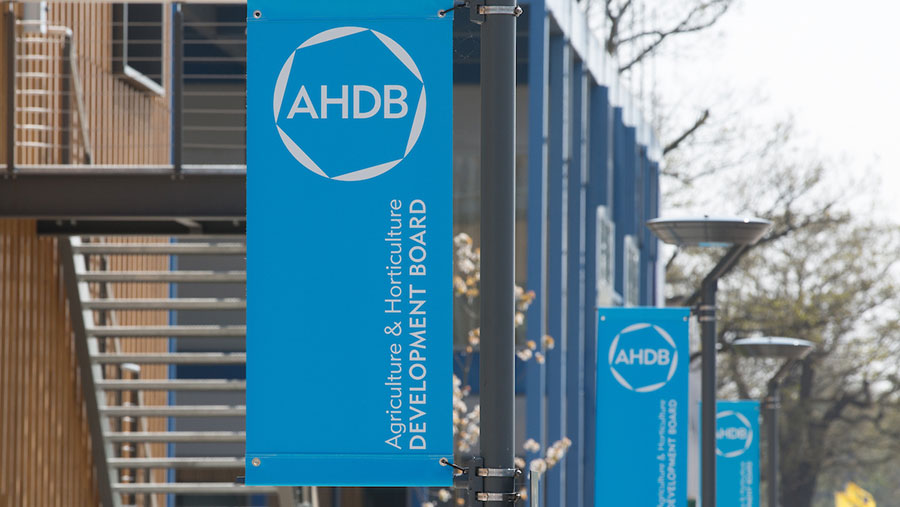Opinion: Fixed levies and NFU/AHDB cosiness irks
 © Tim Scrivener
© Tim Scrivener The people – well, in this case the 61% of the UK’s horticultural levy-payers who voted to abolish the AHDB’s £8.4m horticultural levy – have spoken. The levy must go. So what now for the AHDB?
First, of course, Defra secretary George Eustice must decide on whether to honour the horticultural levy ballot.
The AHDB, shamefully, is attempting to undermine the vote by suggesting that the votes of producers who pay more levy could be “weighted” as more important than the votes of smaller producers. Conveniently, for the AHDB, if this method of counting votes were observed, it would reverse the result.
See also: Horticulture sector votes to scrap AHDB levy
About the author
 Stephen Carr
Stephen Carr
Columnist, Farmers Weekly
Stephen Carr runs an 800ha sheep, arable and beef farm on the South Downs near Eastbourne in partnership with his wife Fizz. Part is converted to organic status and subject to a Higher Level Stewardship agreement.
Read more articles by Stephen Carr
Assuming that the vote on the horticultural levy is honoured (and Mr Eustice has indeed indicated that he will “respect” the outcome of the ballot), it now looks likely that there will be similar votes in all the other AHDB commodity sectors.
So, if I am now to be given the chance to vote on the abolition of the levies that I pay (beef, lamb, cereals and oilseeds) how will I vote? I currently pay a levy of £4.05 for each bullock, 60p for each sheep, 60p for each tonne of grain and 75p for each tonne of oilseed that I sell.
What has always annoyed me about these levies is that they are fixed amounts that do not vary with fluctuations in the prices I receive for my produce.
Many years ago it was decided that this fixed levy per unit of production model gave the board a more stable financial platform.
But it has always irked me that an organisation that loves to lecture farmers about needing to be efficient enough to cope with market turbulence has enjoyed the comfort of a stable income for itself, whatever the financial pain being felt by its levy payers.
Another long-standing bugbear has been the cosy relationship between the AHDB and the NFU.
Geographically, of course, their headquarters both sit together in Stoneleigh Park, and over the years it has been difficult not to notice the steady flow of ex-senior NFU officeholders trit-trotting down Avenue F to well-rewarded positions as AHDB sector chairs (£32,000 a year for a two-day week) or even as chair of the whole organisation (£55,000, also for a two-day week).
Given this historic relationship and the fact that the NFU is hardly famed for the “one member, one vote” principle when it comes to electing its own leadership, it is doubly important that the NFU quickly gets behind Mr Eustice’s proposals for further ballots on the future of levies in all AHDB sectors.
If it wishes to avoid a substantial anti-AHDB farmer backlash, it will certainly need to improve on NFU horticultural board chair Ali Capper’s response to the horticultural ballot result when she stated that, “while the majority of levy-payers voted to discontinue the levy, it is notable that, when results are weighed by levy contribution, there is a majority to continue”.
Writing in these pages in December, before the result was known, I suggested that, if I were ever given the chance to vote on the future of AHDB levies that I pay, much would depend on how the board and the NFU behaved in the wake of the horticultural ballot result.
Unless both organisations quickly pull their collective socks up, my mind will soon be made up.
